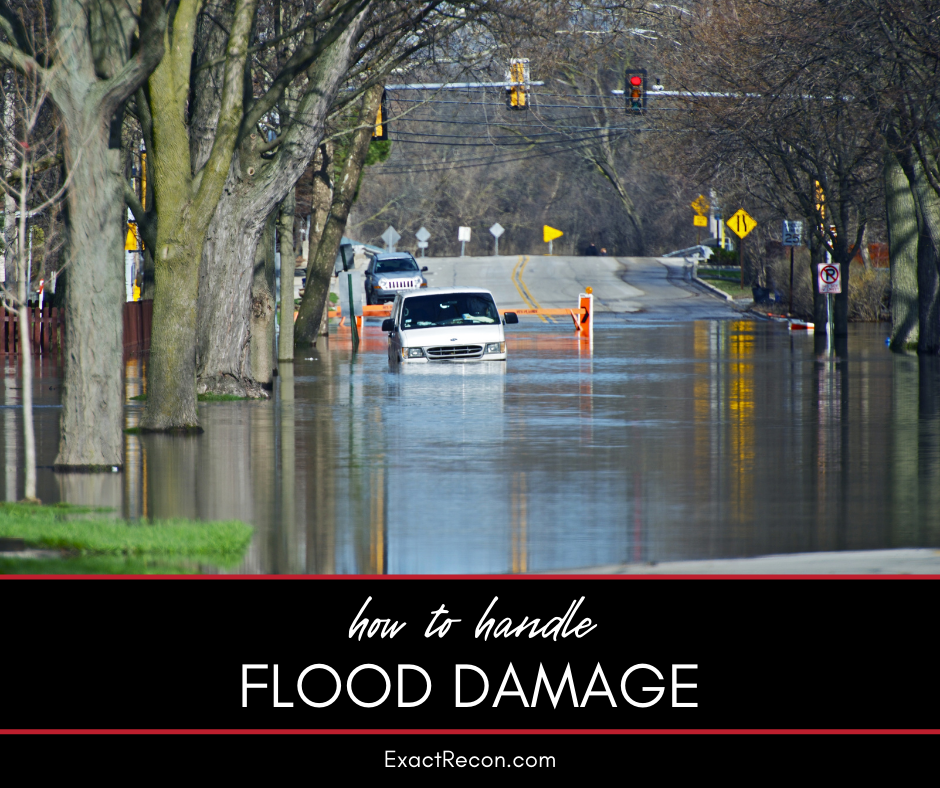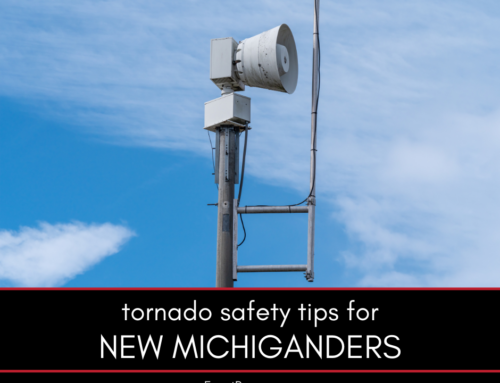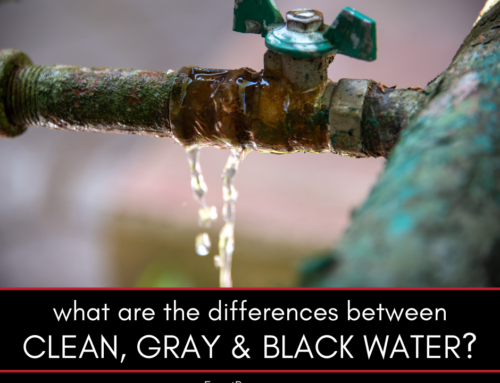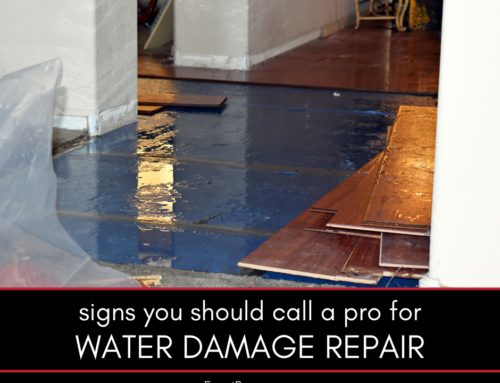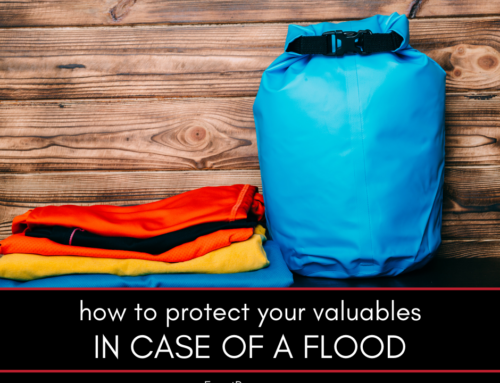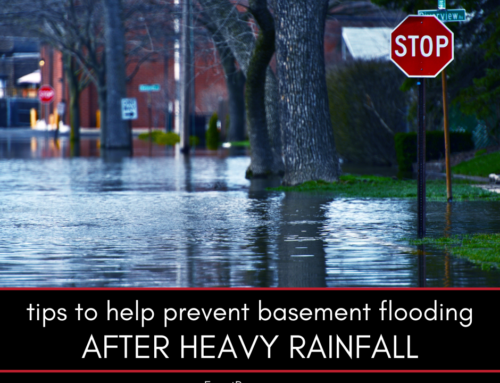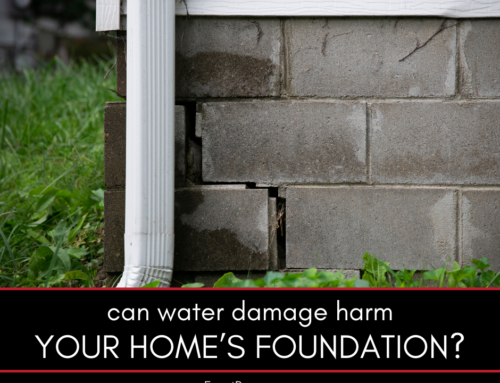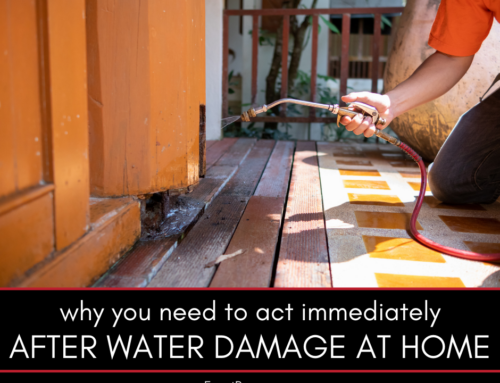Flood damage can be devastating, affecting your home’s structure, personal belongings, and overall safety. Knowing how to handle flood damage is crucial for minimizing the impact and restoring your home effectively.
How to Handle Flood Damage
Flood damage requires immediate and thorough action to prevent further issues. This guide explains the following:
- Assessing flood damage
- Immediate steps to take after a flood
- Documenting damage for insurance claims
- Cleaning up after a flood
- Drying and dehumidifying your home
- Repairing and restoring your property
- Preventing future flood damage
- When to call a professional
Here’s a closer look at each.
Assessing Flood Damage
After a flood, the first step is to assess the extent of the damage. Start by checking the exterior of your home for any visible signs of damage, such as cracks in the foundation, broken windows, or damaged siding. Inspect your roof for missing shingles or leaks. Inside your home, look for water stains on walls and ceilings, warped floors, and damp areas. Pay special attention to the basement, as it is often the most affected area during a flood. Document all visible damage with photos and notes, as this information will be crucial for insurance claims and repairs.
Related: Expert tips for dealing with water and fire damage, mold and more
Immediate Steps to Take After a Flood
Safety should be your top priority after a flood. If you had to evacuate, only return to your home when authorities have declared it safe. Avoid entering the home if there is standing water, as it could be contaminated or electrically charged. Turn off the electricity and gas supply to prevent any accidents. Wear protective clothing, including gloves and boots, to avoid contact with contaminated water. Remove any standing water as quickly as possible using pumps, buckets, or wet/dry vacuums. Open doors and windows to allow for air circulation and help dry out the affected areas.
Documenting Damage for Insurance Claims
Proper documentation is essential for filing insurance claims after flood damage. Take clear photos of all visible damage, including both wide shots and close-ups. Make a detailed list of damaged items, including their approximate value and purchase date. Keep any receipts for temporary repairs and cleanup supplies. Contact your insurance company as soon as possible to report the damage and start the claims process. Provide them with all the documentation and follow their instructions for filing a claim.
Related: Creating a disaster preparedness kit for your home
Cleaning Up After a Flood
Cleaning up after a flood is a challenging but necessary step to prevent further damage and health hazards. Start by removing any debris and damaged items from your home. Discard items that cannot be salvaged, such as soaked carpeting, mattresses, and upholstered furniture. Clean and disinfect all surfaces that have come into contact with floodwater, including floors, walls, and countertops. Use a mixture of water and bleach or a commercial disinfectant to kill bacteria and mold spores. Pay special attention to areas where mold is likely to grow, such as basements, bathrooms, and kitchens.
Drying and Dehumidifying Your Home
Drying and dehumidifying your home is crucial to prevent mold growth and further structural damage. Use fans, dehumidifiers, and air movers to dry out the affected areas as quickly as possible. Keep windows and doors open to promote air circulation. Remove any wet insulation and drywall, as these materials can harbor mold and mildew. Monitor humidity levels in your home and aim to keep them below 60%. If necessary, rent industrial-grade drying equipment for more effective results.
Repairing and Restoring Your Property
Repairing and restoring your property after a flood involves several steps. Start by addressing any structural damage, such as cracks in the foundation or damaged walls. Replace damaged flooring, insulation, and drywall. Clean and disinfect HVAC systems, and have them inspected by a professional before use. Check electrical systems for damage and have them repaired by a licensed electrician. Replace any damaged appliances and furniture. Ensure that your home is thoroughly dried and dehumidified before starting repairs to prevent future mold growth.
Preventing Future Flood Damage
Taking preventative measures can help minimize the risk of future flood damage. Ensure that your gutters and downspouts are clean and functioning properly to direct water away from your home. Install a sump pump in your basement to prevent water buildup. Consider installing flood barriers or sandbags around your property during heavy rainfalls. Elevate electrical appliances and outlets above potential flood levels. Seal any cracks in your foundation and basement walls to prevent water intrusion. Regularly inspect your home for signs of water damage and address any issues promptly.
When to Call a Professional
While some flood damage cleanup can be handled on your own, it’s often best to call a professional for services. Professionals have the expertise and equipment to thoroughly assess and repair flood damage, ensuring that all issues are addressed properly. They can also identify hidden damage that you might miss, such as mold growth behind walls or structural weaknesses. Hiring a professional can save you time and prevent further damage, providing peace of mind that your home is restored to its pre-flood condition.
Related: How to salvage your belongings after major home damage
FAQ About Handling Flood Damage
Check out these commonly asked questions about handling flood damage. If you don’t see your question here, please call our office and we’ll find you the answers you need.
How Soon Should I Start Cleaning Up After a Flood?
You should start cleaning up as soon as it is safe to do so. Prompt action can prevent further damage and reduce the risk of mold growth.
Will My Insurance Cover Flood Damage?
Most standard homeowner’s insurance policies do not cover flood damage. You may need separate flood insurance to cover this type of damage. Review your policy details and contact your insurance company for more information.
How Can I Prevent Mold After a Flood?
To prevent mold after a flood, remove standing water and dry out affected areas as quickly as possible. Use fans, dehumidifiers, and air movers to promote drying. Clean and disinfect all surfaces to kill mold spores.
Related: Restoring your business after a natural disaster
What Should I Do If My Basement Floods?
If your basement floods, remove the water as quickly as possible using pumps or wet/dry vacuums. Dry out the area with fans and dehumidifiers. Remove any wet materials and clean and disinfect all surfaces.
Can I Handle Flood Damage Repairs Myself?
Some minor repairs can be done yourself, but it’s often best to hire professionals for extensive damage. They have the expertise and equipment to ensure the repairs are done correctly and safely.
Do You Need a Disaster Remediation Expert in Washtenaw County or Jackson County?
If your home has already been damaged, we can help. Check out our services and call Exact Recon for your free disaster remediation quote today. We offer:
- Water damage restoration
- Fire damage restoration
- Mold removal and remediation
- Fire and smoke restoration
- Sewer cleanup and disinfecting
- Reconstruction
- Wind and storm damage repair


